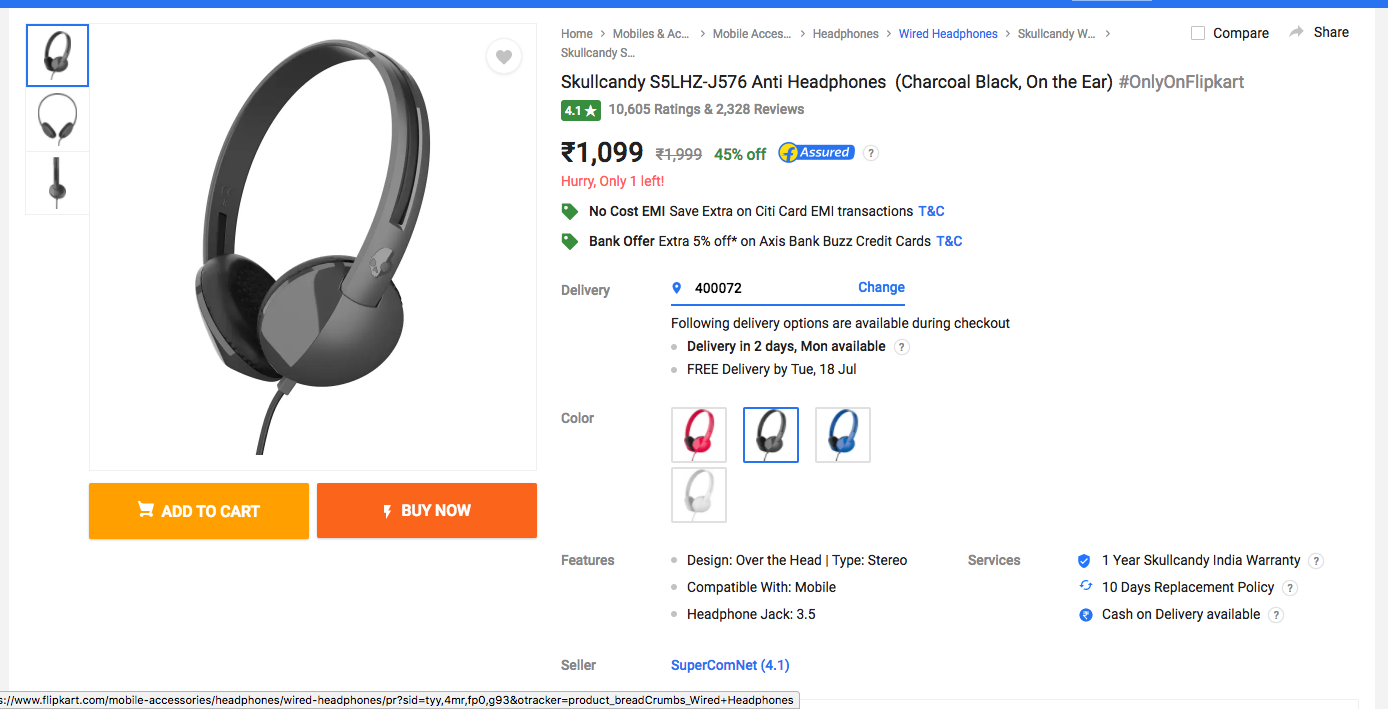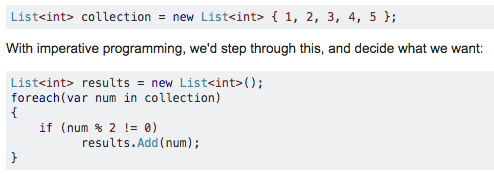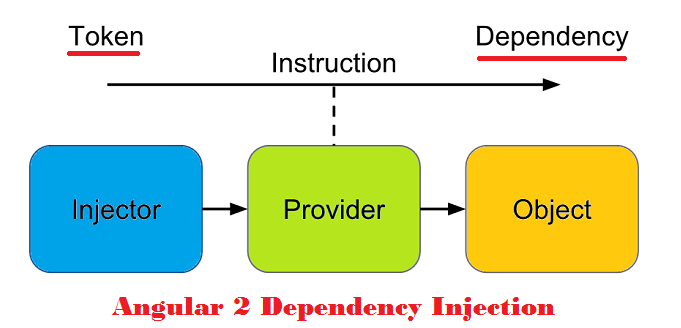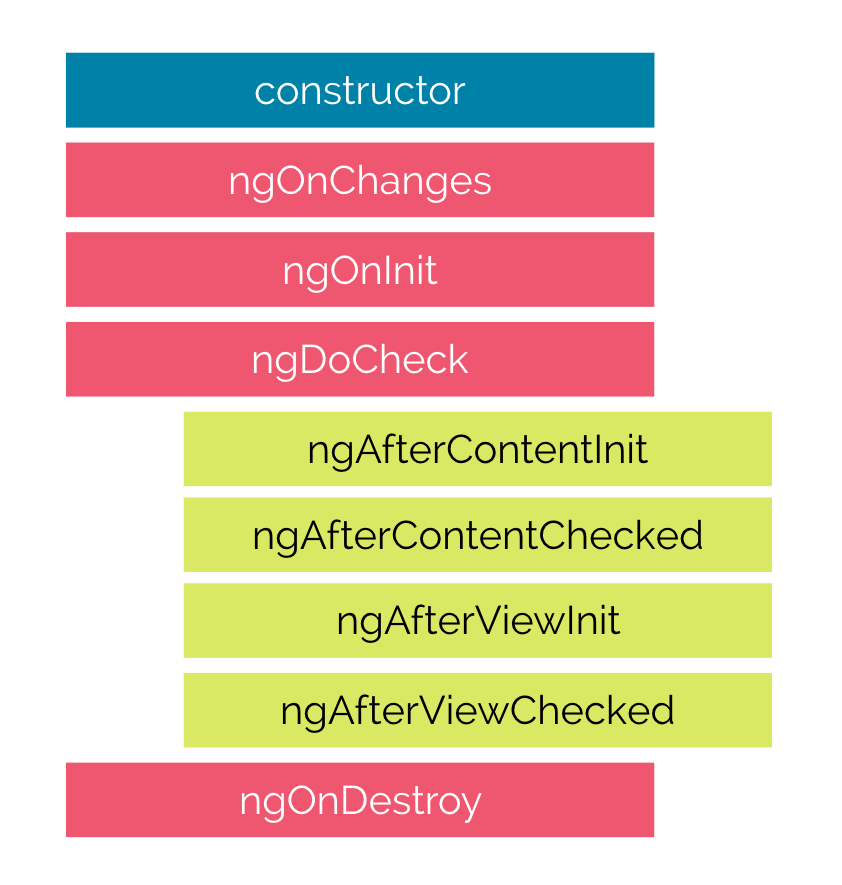Code with Angular

- Loves to code in .Net + Angular
- Active Angular community contributor
- Microsoft MVP (Visual Studio and Technology Devlopement)
- Belongs to top 25 users of Stackoverflow from India
- AngularJS & Angular topuser on Stackoverflow
- Officially invited by ng-conf twice.
- etc..


Pankaj Parkar
Reach out to me
Email: parkarpankaj3@gmail.com
Twitter: @pankajparkar
FB: fb.com/pankaj.parkar
LinkedIn: https://in.linkedin.com/in/pankajparkar
Backround
- Around 5 years back JS wasn't much used on client side
- XMLHttpRequestRequest has been invented Microsoft Outlook web Access devs and came out around June 2002
- Aug 2006 jQuery came and implement $.ajax wrapper around XMLHttpRequest
- July-2010 Knockout came and Backbone on oct-2010
- Knockout and backbone solved data binding problems but upto some extend.
- What was pitfalls with BackBone & KnockOut?
Key Problems
Data binding & code mentainability

What key problem Angular solved
- Smooth data binding (one way/two way)
- Reusable, modular code
- Came up with dependency Injection which made code more testable.
Things you should know before we start..
- DOM
- Imperative and Declarative way of code.
- Decorators / Annotations
DOM (Document Object Model)
- Window is Global Object
- Each node of html is DOM, even window(global) object is considered as DOM

<p align="right">
Content
</p>
document.querySelector('p')Imperative Programming
what to do, not how to do it
var numbers = [1,2,3,4,5]
var total = 0
for(var i = 0; i < numbers.length; i++) {
total += numbers[i]
}
console.log(total) //=> 15Calculate Sum

Get odd number collection
Declarative Programming
var results = collection.Where(
num => num % 2 != 0
);What you want.
Get odd number collection
Calculate Sum
var results = collection.Sum(
x => x
)Imperative vs Declarative
<label>Username</label>
<input type="text" id="username" class="username" />
<label>Password</label>
<input type="password" id="password" class="password" />
<button onclick="submit()"> Login </button>$("#username").on('keyup', function(event){
var value = event.target.value;
//Some awesome logic
if(valid)
//remove disable attribute from button
else
//add disable attribute for button
});
$('#password').on('keyup', function(event){
var value = event.target.value;
//Some awesome logic
if(valid)
//remove disable attribute from button
else
//add disable attribute for button
});
$('#form').submit(submit);
function submit(){
//check form validity
//submit form date to server if valid
};This code is imperative code which goes on increasing as number of field will be increased
Login Form
Imperative vs Declarative
<form name="loginForm" ng-submit="submit(model)">
<label>Username</label>
<input type="text" ng-pattern="/^[a-zA-Z]$/" class="username" ng-model="model.userName"/>
<label>Password</label>
<input type="password" id="password" class="password" ng-model="model.password"/>
<button ng-disabled="loginForm.invalid"> Login </button>
</form>We used declarative approach to made form working.
Decorators
- Basically it is declarative way of doing code.
- It is same as that of Annotation in OOP language like @HttpGet, [HttpPost], etc.
Official Terms
Angular 1.X => AngularJS
Angular 2+ => Angular
What is Angular?
Framework supported on all platform
Superfast
Incredible tooling
Great community support.
Why Angular?
Dependency Injection
Two way data bindings
Forms
Server side rendering
AOT (Ahead Of Time Compilation)
Modular & Testable code
5x faster than AngularJS
Component Architecture
Single Framework for everything
Component
It is basic building block of an Angular application
It meant to server single purpose
Gmail / Google example
@Component({
selector: 'greet',
template: 'Hello {{name}}!',
//templateUrl: '/path/to/template.html'
styles: ['.app { display: block }'],
providers: [],
styleUrls: ['/app/path/to.css']
})
export class GreetComopnent {
name: string = 'World';
}Component(checklist)
Inject it inside NgModule `declarations` metadata option
Main component should be injected inside bootstrap of your application
Component class should be exported to use it in module.
NgModule
-
Used to modularize Angular application
-
It help organize an application into cohesive blocks of functionality.
import { NgModule } from '@angular/core';
import { BrowserModule } from '@angular/platform-browser';
import { AppComponent } from './app.component';
@NgModule({
imports: [ BrowserModule ], //other modules
declarations: [ AppComponent ], //components, directives, pipes
bootstrap: [ AppComponent ] //bootstrap component
})
export class AppModule { }NgModule(checklist)
Class should be exported
All metadata options should be filled correctly
Architecture
AppModule
Service
Comp1
Comp3
Pipe
Sub Module
Router
In general router responsible for perform action based on url pattern provided it.
<body>
my-html-content
....
<some-placeholder></some-placeholder>
..Other html
</body>{
'pattern': '/my-path', action: 'doSomething',
'pattern': '/my-path-2', action: 'doSomethingElse',
...
}Config
Router
Two ways to write configure router
-
Eager loading
-
Lazy loading
Router(checklist)
-
Make sure, you have loaded RouterModule inside your application
-
Register routes before importing module
Bindings
Data Bindings
{{myData}}
Property Binding
[myData]="test"
Event Binding
(eventName)="methodCall($event)"
What is RestFul service & JSON

HttpModule
- To get data from server like we do ajax to communicate with data
- To use this module just Import the HttpModule inside your AppModule
Dependency Injection
Sync vs Async
Pizza order example
- Sync way
- Async
Dependent code execution which should to fetch response from API before proceed to next function.
- Suppose I have to process 10 task, they should get process synchronously one after the other
Sync vs Async(callbacks)
function errorFn(error){ console.log(error) }
task1(function successFn(data){
console.log(data);
task2(function successFn(){
task3(function successFn(){
task4(function successFn(data){
console.log(data);
task5(function successFn(){
task6(function successFn(){
task7(function successFn(data){
console.log(data);
task8(function successFn(){
task9(function successFn(){
task10(function successFn(data){
console.log(data);
console.log("We're done");
}, errorFn)
}, errorFn)
}, errorFn)
}, errorFn)
}, errorFn)
}, errorFn)
}, errorFn)
}, errorFn)
}, errorFn)
}, errorFn)
Sync vs Async(promise)
function errorFn(error){
console.log(error)
}
function successFn(data){
console.log(data);
return data;
}
task1(task2Fn,errorFn)
.then(task3Fn, errorFn)
.then(task4Fn, errorFn)
.then(task5Fn, errorFn)
.then(task6Fn, errorFn)
.then(task7Fn, errorFn)
.then(task8Fn, errorFn)
.then(task9Fn, errorFn)
.then(task10Fn, errorFn)
Array
var items = [1, 2 , 3, 4];
//add them
var result = 0;
items.forEach(function(item){
result += item;
});
console.log('Total', result);- Collection of elements
- You can use various method over it, like map, filter, reduce, etc.
Observable
- Everything is reactive
- This generally follows pub sub pattern
Observable
Listner
Listner
Stream
Stream
Observable
Observable(array)
Listner
Listner
Stream
Stream
[1, 2, 3, 4]
push 5, 6
Service
- It is service purpose sharing data.
- This can be shared in application common data.
@Injectable() //< --this is important part
export class GreetService {
name: string = 'World';
sendSomeMessage(){
console.log("Hello world ", this.name)
}
}Service
- It should be injected inside providers of `NgModule`
Pipe
- Show some human readable value on html instead of what we have got from API.
- When & how to use it?
Pipe(checklist)
- It should be included in declarations array of your App Module NgModule metadata options
Lifecycle Hooks
1
2
2
3
last
Change Detection
Component to Component interaction
- @Input & @Output decorators.
Child route
- How to specify children routes.
- How to navigate to them
-
routerLink directive
-
router.navigate method
Forms
- Basics form concepts first
- Pristine
- dirty
- valid/invalid
- touched/untouched
- How difficult it could be using jQuery(you could consider removing this point?)
Forms
Forms API made form validation super easy in Angular
Two Types of Form
-
Template Driven
-
Model driven
When to use what?
How to use third party library in Angular?
-
3rd party library without typescript implementation(Toastr)
-
Some other third party library
Modularize application with multiple NgModule
Bundling and minifications
Reference
Angular Good Blogs
http://thoughtram.io/
johnpapa.net
toddmotto.com
https://teropa.info
angular.io
https://netbasal.com/@NetanelBasal
https://medium.com/@maximus.koretskyi
Docs
https://angular.io/docs
https://angular.io/api (For API import check)
Best Practices
Coding guidelines by John Papa https://angular.io/guide/styleguide
Books
https://angular-2-training-book.rangle.io/
https://codecraft.tv/courses/angular/
Github Repository
https://github.com/pankajparkar/bug-tracker
(do click star button there, if you like it)


